
Rosacea is a chronic skin condition and it typically features with the facial erythema. In some people apart from redness the affected skin is also covered in pimples. This medical condition is not so serious unless it affects the eyes.
Caucasians of mainly northwestern European descendants are predominantly affected by this skin disease. In the United States it affects around 14 million people. Rosacea occurs in both genders and has a peak of the onset between the age of 30 and 60. However, women are more likely to develop rosacea.
Presentation of Rosacea
In initial stage mean characteristic of rosacea is redness of the central part of the face (the cheeks, nose or forehead). In some people even the neck, chest, ears and scalp may be affected. Still this is not so common. The previously mentioned may occur alone while some patients additionally suffer from telangiectasia, red domed papules and pustules and red gritty eyes. Furthermore, patients may complain about burning and stinging sensations of the affected skin and in most severe form of the disease the nose changes its appearance and becomes permanently red and lobulated. This is medically known as rhinophyma. Rosacea requires proper treatment and if left untreated the disease progresses and may cause scaring due to skin thickening and overproduction of collagen.
Treatment for Rosacea
The dermatologist decides for the best treatment modality according to the symptoms of the disease. Patients suffering from mild form of the disease (facial redness or lesions similar to acne) are usually prescribed antibiotics and topical medications. On the other hand, severe form of the disease may only benefit from laser cosmetic surgery.
Laser Cosmetic Surgery for Rosacea
The doctors use a pulse dye laser or flash-pumped dye laser. The laser beam passes harmlessly through patient's skin and is highly effective in reduction of the size of the enlarged blood vessel. In patients whose skin is covered in scars (a complication of rosacea), doctors use CO2 laser to shave away the scar tissue and make the skin smoother.
Patients usually require 5 or more treatments. The pause between treatments is approximately three weeks.
Patients in the early stage of the disease do not require laser surgery since the skin changes can be successfully treated with antibiotics and topical creams. They are also advised to avoid potential triggers. Only when the disease progresses enough one is advised to undergo laser cosmetic surgery. Laser surgery is also applied in case rosacea has affected the eyes.
After the surgery patients are advised to stay away from potential triggers in order to prevent reoccurrence of the disease.



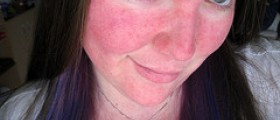
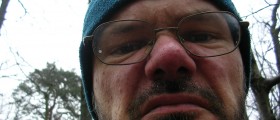


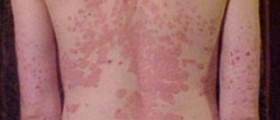



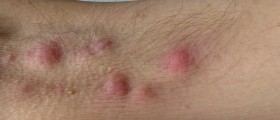


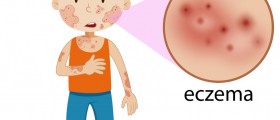
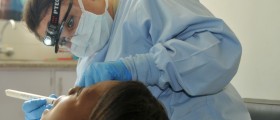
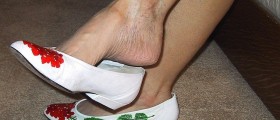
Your thoughts on this
Loading...